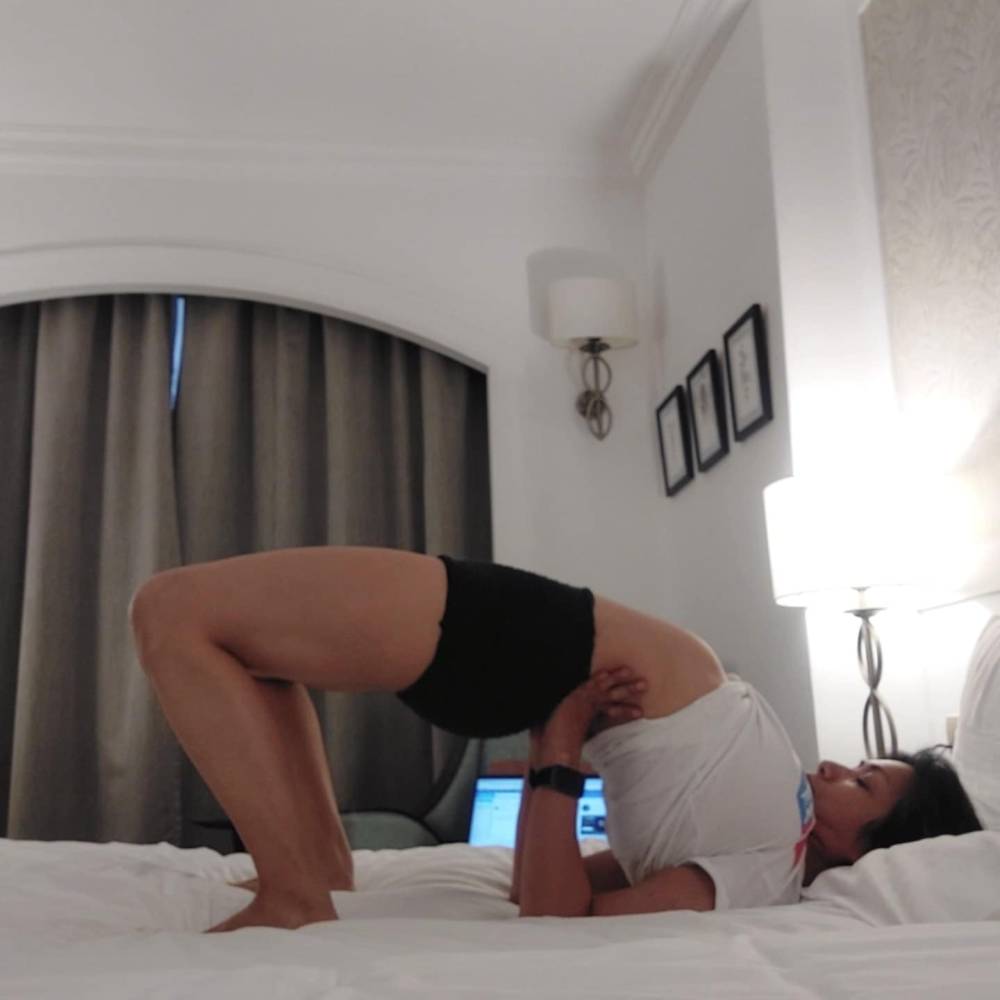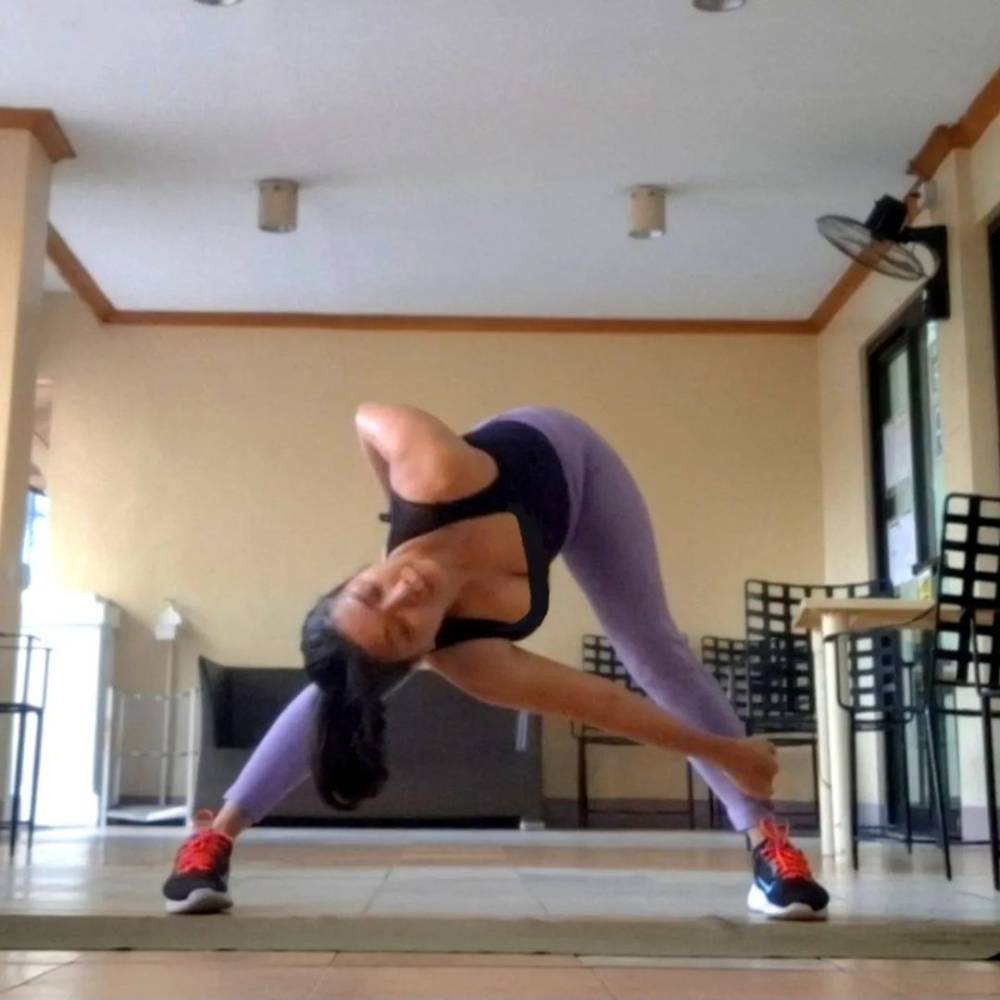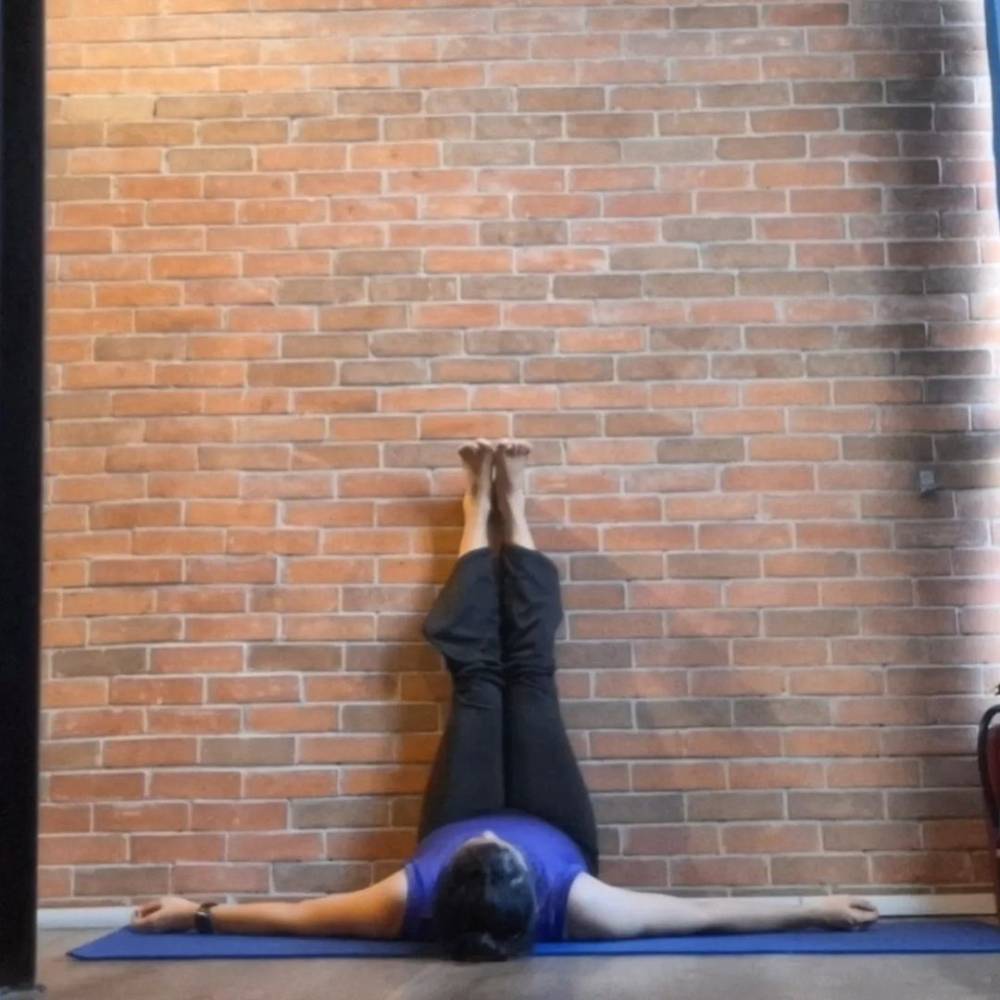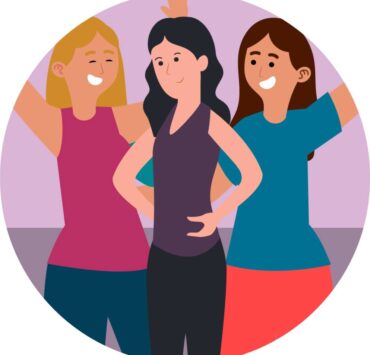Power through perimenopause

When a woman suddenly turns bad-tempered and irritable, she is teased for either having her menstruation or already experiencing menopause. It’s never about going through perimenopause.
Peri in the Greek language means “around” or “near,” thus perimenopause signifies a woman’s waning reproductive years. Her usual monthly period becomes infrequent and weak until it no longer comes at all.
Perimenopause happens at no specific age, but studies show that it typically starts after 40 years old. It can last from several months to a few years, even 10 years. If there’s no more menstrual discharge, not even spotting, for a full year, she has already reached menopause.
Aside from mood swings, the other symptoms caused by the hormonal changes in the woman’s body include hot flashes and night sweats, vaginal dryness, uterine bleeding problems, and sleep disturbances.
Additional symptoms that perimenopausal women should take note of, according to Mayo Clinic, are bone loss and fluctuating cholesterol levels. Both are linked to the dwindling levels of estrogen hormone in the body. Bone loss can lead to a disease called osteoporosis, while uncontrolled high levels of cholesterol may lead to cardiovascular ailments.
Health-care professionals and medical journals agree that regular exercise, particularly weight-resistance, is key to bone health and overall fitness of perimenopausal women.

Working out
Miguel Baldovino, a fitness coach at Kinetix Lab gym, understands that specific clients need more attention. He explains to Lifestyle via online interview that “hormonal fluctuations can affect energy, mood, and performance.” That’s why some days clients “might feel great, and other days you might feel fatigued or sore.”
His advice: “Be flexible with your routine and rest when necessary. If you’re feeling overwhelmed or unsure, don’t hesitate to consult a fitness expert or physical therapist to ensure you’re doing exercises correctly. Make sure to balance workout intensity with adequate recovery.”
He adds, “Support your fitness goals with a balanced diet rich in protein to support muscle growth and repair; calcium and vitamin D to support bone health; and healthy fats to support hormone balance. Consider consulting with a nutritionist to create a plan tailored to your needs.”
He also points out that “every woman’s experience of perimenopause is different.” While some may have more energy and strength, others may need to adjust based on how they’re feeling. “Finding a training routine that aligns with your body’s needs during this transition is key to achieving long-term health and well-being.”
Perimenopausal and proud of it
Johnna Villaviray-Giolagon, a journalist and yoga teacher, shares her experiences as “proud menopausal.” She notes that hormonal changes can lead to weight gain and loss of muscle mass. Excess weight can then lead to other health issues like hypertension, diabetes, heart disease, and the like.
“It’s never too late to start a healthy exercise routine,” she tells us through online messaging, “but it certainly helps if you start earlier. This means you already set a healthy habit for yourself before age and changing hormones necessitate a healthier, more mindful lifestyle.”
She elaborates, “Starting earlier than menopause also means you won’t need to drastically change your eating and movement habits. Small changes means you have time to get accustomed to new habits that could lead to a better lifestyle–and you have a bigger chance of sustaining these new habits.”
Villaviray-Giolagon agrees that perimenopausal symptoms vary among women. “The one that bothers me most is how hard it is to lose weight now. Being in a calorie deficit just doesn’t work for me anymore. I am not overweight but I am the heaviest that I’ve been in years.”

This is where yoga, which she practices regularly and teaches weekly at Community Fitness in Pasig City, comes in. “What yoga gave me is the awareness that there’s more to me than my weight. And yoga has taught me not to judge myself because of the weight or the body shape I have.”
She admits, “I am heavier than other yoga teachers. In fact, I’ve been told by a few students that I’ve put on weight and maybe I should lose a few pounds. Yoga has also taught me to accept the feedback as just that—feedback that I don’t need to absorb. So the help I get is more of a mindset.”
She also recognizes her chosen discipline’s other benefits. “Practicing yoga asanas helps me sustain mobility and muscle strength for sure. The low-impact movement allows me to retain functional strength and mobility. That means no back pain, no knee pain, no shoulder pains. I haven’t ‘needed’ a massage since I started yoga.”
And, yes, despite the slight weight gain, she says she feels that her body is younger now than when she was in her 20s.
Yoga poses
She recommends some yoga poses to relieve specific perimenopausal symptoms. For bloating, she says twisting, compressions, and forward bends would help. The same goes for Apanasana, seated or reclined twists, standing forward bend, child’s pose, and happy baby pose.
For hot flashes, she says gentle cooling poses will help, like reclined bound angle, supported bridge pose, as well as gentle inversions, like Viparita Karani or legs up the wall, which can be done by anyone. “It encourages lymphatic drainage. Really good for tired legs and feet.”
Her advice to her fellow perimenopausal: “Start by accepting that the you right now is different from the you 5 or 10 or 15 years ago and that that version of you so long ago is not necessarily the better version. There is no standard that you have to maintain because the body is in constant change.
“Eat mindfully. Choose unprocessed food. Be aware of hidden sugars and calories. Avoid sugary drinks, including fruit juices that are high in sugar.
“Introduce change slowly to give yourself time to process and accept it. Maybe start going for 10-minute bursts of movement, gradually increasing the length of time or intensity after every few weeks or so. But whatever your chosen activity is, set a regular time. Set an alarm so you are reminded what you have to do.”
Finally, a reminder: “Set your mind that this health journey is a marathon that you do for the rest of your life. It is not something that you do only to hit a certain weight or fit into a particular dress.”





















